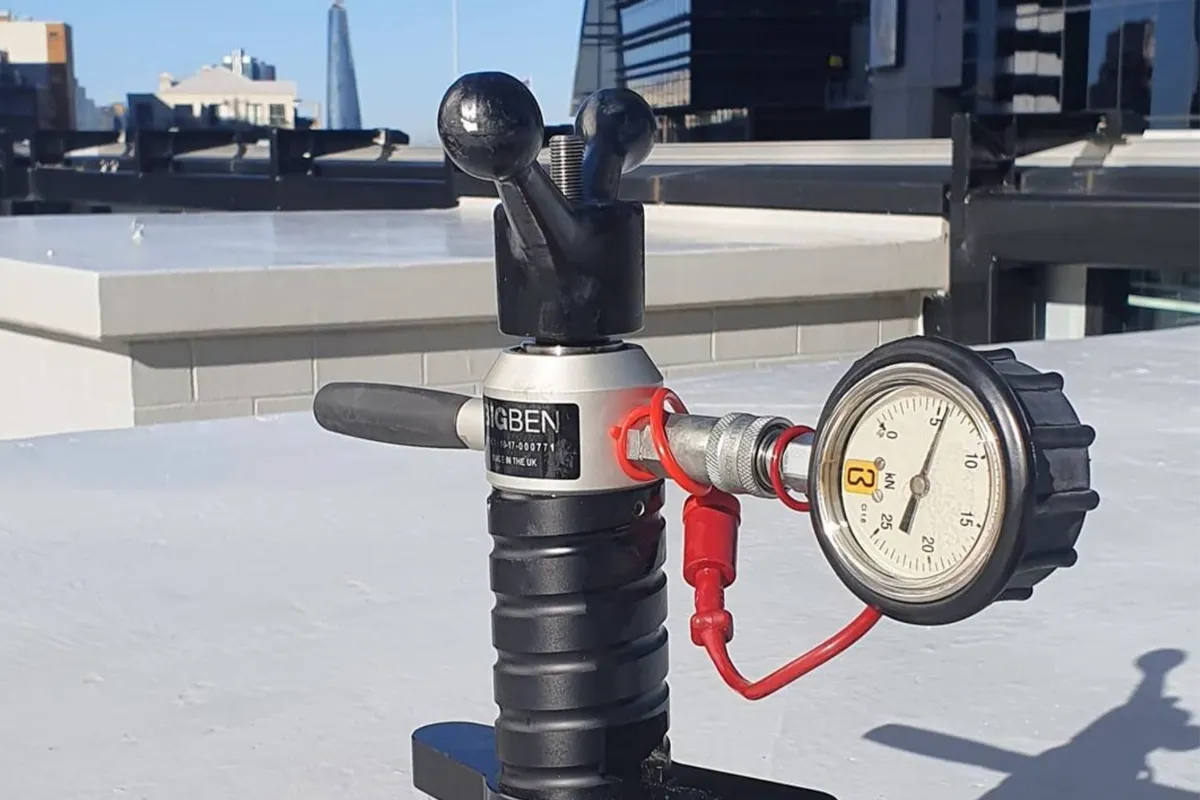Who can install roof anchor points
Experienced technicians with knowledge and training in working at heights and fall protection systems are

The frequency at which roof anchor point inspections should be conducted can differ depending on factors such as the type of anchor points installed, local council regulations or guidelines and the recommendations provided by the manufacturer. It is crucial to carry out inspections to uphold the safety and reliability of the anchor points. Here are some general guidelines you can adhere to;
The manufacturer of the roof anchor points must provide inspection and maintenance guidelines. These recommendations may include specific inspection intervals and maintenance duties as applicable.
Depending on your location, legal regulations or industry standards may dictate how often roof anchor points must be inspected. Occupational safety agencies, construction standards organisations, or other relevant authorities may set these regulations.
If the roof anchor points are frequently used, they may require more frequent inspections. Regular usage can lead to wear and tear that needs to be assessed more often.
Your area’s climate and environmental conditions can impact the integrity of roof anchor points. Harsh weather conditions, exposure to UV radiation, and other factors can affect the materials over time.
There are levels of inspection which include assessments and more thorough examinations. Visual inspections can be performed on a basis, whereas comprehensive inspections may occur less frequently.
Generally, inspecting roof anchor points regularly is commonly recommended. The frequency of these inspections can vary depending on factors like monthly, quarterly or semi-annually. Comprehensive inspections involving load testing and structural assessments may also be necessary a year or even less frequently.
It’s important to remember that if any signs of damage, wear and tear, or deterioration are noticed, immediate attention and inspection should be undertaken regardless of the scheduled inspection cycle. Safety should always remain a priority. Any concerns should be promptly addressed to prevent accidents or failures. Remember to consult regulations, manufacturer guidelines and industry best practices to determine the frequency of inspections for your specific situation.
Please fill out the form below and a member of our team will get in touch with you shortly.
"*" indicates required fields